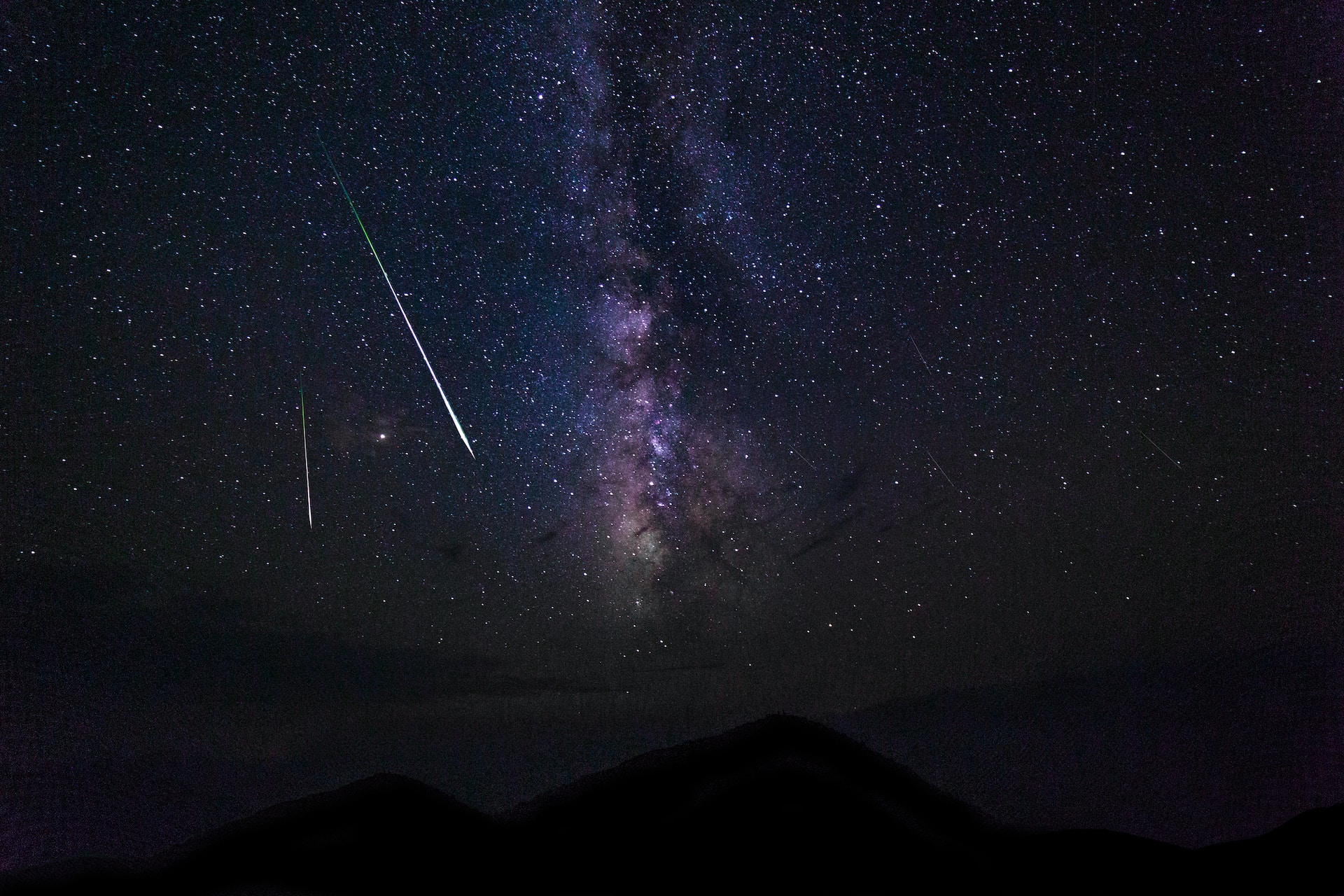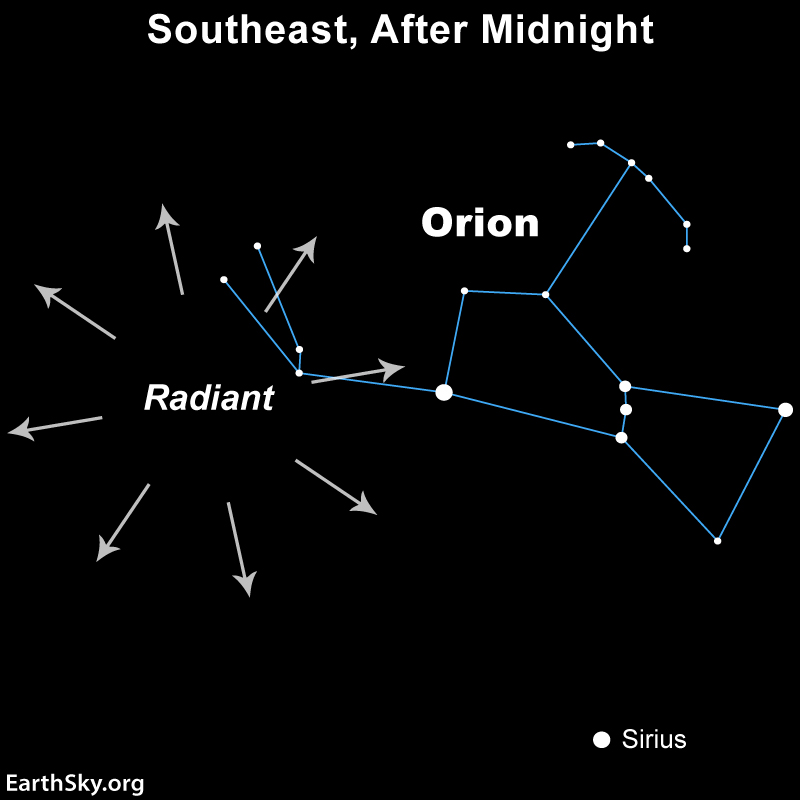The annual Orionid meteor shower is a very impressive astronomical phenomenon. The bright meteors of this shower will make the night sky extremely magical. Astrophotographers are waiting for this period to get impressive images of the “meteor shower”. According to NASA, the Orionid shower will reach its peak on October 22, 2023.

Orionids are meteors that differ in their brightness and speed. These meteors are moving at a speed of more than 238 thousand km/h, which is equivalent to 66 km/s. They can sometimes turn into fireballs that emit long flares of light, and leave behind bright “plumes” that remain visible for several seconds.
Where do the Orionids come from?
The place where these meteors seem to originate is the constellation Orion. It is important to note that although the constellation helps to determine where meteors come from, it is not the real source of this phenomenon. In reality, meteors are small particles and fragments that usually arise from comets or asteroids and burn up when entering the Earth’s atmosphere.

The Orionids originate from Halley’s famous comet. According to EarthSky, every time this comet approaches the Sun, its core dumps a large amount of material in the form of fragments from 0.9 to 3 meters long.
Tips for observing the Orionid shower in 2023
For maximum viewing pleasure, it is recommended to look at the meteor shower after midnight to enjoy the spectacle until the morning. And here’s the good news: this year, the peak of the Orionids falls on the weekend, on the night of Saturday to Sunday, October 22.
The starfall of the Orionids can be observed from both the Northern and Southern Hemispheres. But for the best result, it is recommended to get rid of light pollution, such as streetlights and city lights. If you want to be comfortable, do not forget to bring a chaise longue or a blanket, as well as a warm sweater, because at this time it is already getting cool at night, as well as a supply of hot drinks and snacks for a pleasant night’s observation.
Interesting facts about Halley’s Comet
Halley’s comet, officially designated as 1P/Halley, is one of the most famous comets in the history of astronomy. Its appearance in the sky can be observed approximately once every 76 years. Named after the great astronomer Edmond Halley, who first predicted its return in 1758, the comet has been an object of research and interest for more than two thousand years. It was named after the great astronomer Edmond Halley, who first predicted its return in 1758. The comet has been an object of research and interest for more than two thousand years.
The last time we observed Halley’s comet was in 1986. Its next return is scheduled for 2061. However, the annual appearance of the Orionids reminds us of the constant presence of this majestic comet in our sky. And even if you accidentally miss the Orionids this year, do not be sad because there are always other astronomical events, such as the Eta Aquarids, which are also related to Halley’s comet.
We wish you a clear sky so that your observations of the Orionids 2023 will be unforgettable!
Earlier we reported on how the astrophotographer managed to catch the “star jackpot”.
Follow us on Twitter to get the most interesting space news in time
https://twitter.com/ust_magazine

